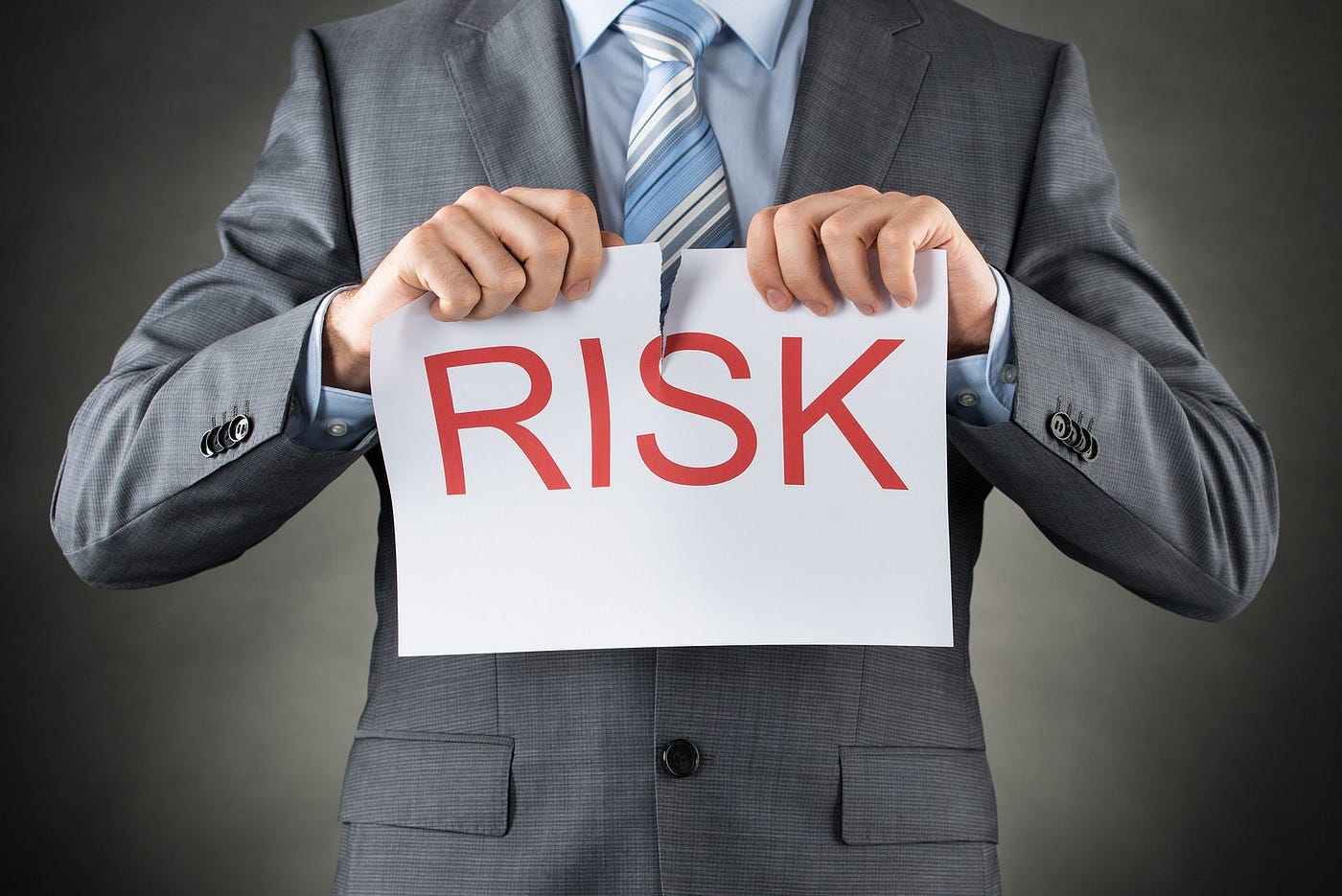The world of real estate investment is like a giant chessboard, with players moving pieces in response to economic shifts, geopolitical tensions, and emerging trends. As we head into 2025, the board is resetting, offering fresh opportunities and challenges. According to Savills Impacts, the global real estate market is poised for a recovery, with investment activity and capital values expected to climb. Let’s dive into what’s driving this shift, where the smart money is going, and how investors can navigate this dynamic landscape.
The Big Picture: A Market on the Mend
After a few bruising years, the real estate market is showing signs of life. Savills predicts global investment turnover will hit $952 billion in 2025, a 27% jump from 2024, with projections to surpass $1 trillion by 2026. This optimism stems from easing cyclical pressures like high interest rates and a renewed alignment between occupier demand and investor confidence.
The global recovery isn’t uniform, though. Advanced economies are leading the charge, while markets like Hong Kong and mainland China face structural hurdles. For investors, this means picking the right markets and sectors is more critical than ever.
Why 2025 Feels Different
The past few years have been a rollercoaster for real estate investors. I remember chatting with a friend who manages a small property portfolio in London. In 2023, he was sweating over rising interest rates that slashed his property values overnight. Fast forward to 2025, and he’s cautiously optimistic, eyeing prime office spaces again. What’s changed? Interest rates are stabilizing, and occupier demand is picking up, especially for high-quality assets. This shift is echoed globally, with 73% of Savills’ researchers expecting stronger investment activity in 2025.
Economic Tailwinds Fueling Recovery
Lower interest rates in key markets are easing the pressure on property valuations. This is particularly true in advanced economies like the US, UK, and Australia, where prime assets are seeing renewed interest. Meanwhile, emerging markets like India are drawing investors with strong economic growth and untapped potential.
Geopolitical Risks: A Double-Edged Sword
Geopolitical uncertainty, from trade tariffs to regional conflicts, is reshaping investment strategies. For example, supply chain disruptions have pushed companies to rethink their logistics hubs, boosting demand for inland warehouses over coastal ports. This shift creates opportunities in secondary markets like Columbus, Ohio, or Greenville, North Carolina.
Top Sectors to Watch in 2025
Not all real estate is created equal. Some sectors are shining brighter than others, driven by structural trends and changing occupier needs. Here’s a breakdown of the hottest sectors for 2025, based on Savills’ insights.
Prime Offices: Back in the Game
Prime offices are making a comeback. After years of hybrid work shaking up the sector, occupiers are prioritizing quality—think sleek, amenity-rich spaces in city centers. Savills reports 81% of researchers expect rental growth in prime offices, with 91% forecasting higher leasing activity.
Beds and Sheds: The Reliable Bet
The “beds and sheds” duo—residential and industrial/logistics—remains a favorite. Demographic shifts, like aging populations, are driving demand for multifamily and senior living. Meanwhile, e-commerce growth (projected to hit $4.9 trillion in 2025) keeps logistics humming, though returns management is creating new real estate needs.
Retail: A Selective Opportunity
Retail is staging a nuanced recovery. Investors are picky, favoring experiential retail like lifestyle centers over traditional malls. Over two-thirds of Savills researchers see rental growth and increased take-up in retail for 2025, but success hinges on choosing the right assets.
Data Centers: The AI-Powered Boom
Artificial intelligence is supercharging demand for data centers. These facilities are becoming a darling for investors, with preleasing rates above 75% in primary markets. However, power delivery delays and construction challenges could cap growth.
Regional Hotspots and Challenges
Real estate is local, and 2025’s opportunities vary by region. Here’s a snapshot of what’s happening across the globe.
North America: Cautious Optimism
The US market is expected to see a 10% rise in investment volume to $437 billion in 2025. Prime offices and multifamily assets in Tier 1 cities are top picks, but tariff uncertainties could dampen industrial demand. My cousin in Chicago recently sold a secondary office building at a discount, only to reinvest in a logistics park—proof that savvy investors are adapting to these shifts.
Europe: A Mixed Bag
Europe’s recovery is uneven. Germany and France face industrial slowdowns, while Ireland, Spain, and the Nordics are gaining traction. Prime offices in Paris and logistics in Madrid are hot, but secondary assets offer value-add potential for risk-tolerant investors.
Asia Pacific: India Shines, China Struggles
India is a standout, with private equity investments up 38% year-over-year in H1 2025, driven by office and land deals. Meanwhile, China’s market is weighed down by oversupply and geopolitical risks. Safe havens like Australia, Japan, and Singapore are drawing capital for their stability.
Middle East: Stability Drives Demand
Economic stability and favorable tax policies make the Middle East a magnet for investment. High-end residential in Riyadh and Grade-A offices in Jeddah are top picks, with ambitious projects like NEOM fueling speculative interest.
| Region | Top Investment Picks | Key Challenges |
|---|---|---|
| North America | Prime offices, multifamily, logistics | Tariff uncertainty, high yields |
| Europe | Prime offices, logistics, living sector | Industrial slowdown in key markets |
| Asia Pacific | Grade-A offices, logistics, residential | Oversupply in China, limited assets |
| Middle East | High-end residential, Grade-A offices | Geopolitical risks |
Strategies for Investors in 2025
Navigating 2025’s real estate market requires a blend of caution and boldness. Here are some strategies to consider, whether you’re a seasoned investor or just dipping your toes in.
Core Strategy: Play It Safe
- Focus on Prime Assets: Stick to high-quality offices and stabilized industrial properties in mature markets like the US, UK, or Japan.
- Prioritize Income Stability: Look for assets with strong occupier demand and long-term leases to weather economic volatility.
- Embrace ESG: Properties with strong environmental credentials are increasingly attractive to institutional investors.
Value-Add Strategy: Take Calculated Risks
- Target Secondary Markets: Secondary offices in prime locations or logistics hubs in emerging areas offer upside potential.
- Repurpose Assets: Convert outdated offices into residential or mixed-use developments, especially in Europe.
- Leverage Distress: Snap up discounted assets in markets like Hong Kong, where oversupply is creating bargains.
Opportunistic Strategy: Go Big or Go Home
- Chase Emerging Sectors: Data centers and alternative assets like healthcare or education facilities are high-risk, high-reward bets.
- Explore New Geographies: Markets like Vietnam or secondary US cities are gaining traction for their growth potential.
- Bet on Mixed-Use: Integrated developments combining retail, residential, and industrial are hot in Asia and the Middle East.
Pros and Cons of Investing in 2025
Pros:
- Recovering Market: Rising investment activity and capital values signal a rebound.
- Sector Diversity: From offices to data centers, there’s something for every risk profile.
- Geographic Opportunities: Emerging markets like India and secondary US cities offer high growth potential.
Cons:
- Geopolitical Risks: Tariffs and trade disruptions could derail industrial and retail investments.
- Regional Variations: Oversupply in markets like China poses challenges.
- High Yields: Elevated interest rates may keep cap rates stable, limiting short-term gains.
People Also Ask (PAA)
Here are some common questions about global real estate investment in 2025, based on Google’s People Also Ask feature:
What are the best real estate markets to invest in for 2025?
Top markets include India for its growth, Australia and Japan for stability, and the US Southeast for domestic demand. Prime offices and logistics are strong bets across these regions.
How will tariffs impact real estate investment in 2025?
Tariffs are creating uncertainty, particularly for industrial assets reliant on global supply chains. Investors are shifting toward inland logistics hubs to mitigate risks.
Is it a good time to invest in commercial real estate?
Yes, with investment activity projected to grow 27% in 2025, now could be a prime buying opportunity, especially for prime offices and logistics.
Where can I find reliable real estate investment data?
Check out Savills Impacts for global insights or CBRE’s market outlooks for regional data. Local real estate advisors like Cushman & Wakefield also offer tailored reports.
What are the best tools for real estate investment analysis?
Tools like CoStar for market data, Argus for cash flow modeling, and Reonomy for property research are top picks. Free resources like Savills’ research hub are great for beginners.
Navigating the Future: A Personal Perspective
I’ve always been fascinated by real estate’s ability to reflect the pulse of the global economy. A few years ago, I helped a friend analyze a potential retail investment in Singapore. We hesitated, spooked by e-commerce trends, but the property’s experiential focus—think cafes and pop-up events—has since doubled in value. That taught me the importance of looking beyond headlines to the underlying drivers of demand. In 2025, those drivers are quality, resilience, and adaptability.
Whether you’re eyeing a prime office in London or a logistics park in Vietnam, the key is to align your strategy with market fundamentals. Stay nimble, prioritize quality, and don’t shy away from emerging opportunities. The real estate chessboard is complex, but with the right moves, 2025 could be your checkmate.
FAQ
Q: What makes 2025 a good year for real estate investment?
A: Easing interest rates, rising occupier demand, and a projected 27% increase in global investment turnover make 2025 a promising year. Prime offices and logistics are particularly strong.
Q: Which sectors are safest for real estate investment in 2025?
A: Prime offices, multifamily, and industrial/logistics are safe bets due to strong fundamentals and structural demand drivers like e-commerce and demographic shifts.
Q: How do geopolitical risks affect real estate in 2025?
A: Tariffs and trade disruptions are pushing investors toward domestic markets and inland logistics hubs to reduce exposure to global supply chain risks.
Q: Where can I learn more about global real estate trends?
A: Savills Impacts, CBRE’s market outlooks, and Cushman & Wakefield’s research hub offer comprehensive insights. Local real estate advisors can provide market-specific data.
Q: Are data centers a good investment in 2025?
A: Yes, data centers are booming due to AI demand, but supply constraints and power delivery issues could limit growth. They’re best for opportunistic investors.






